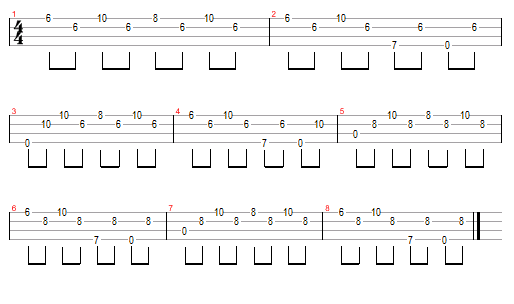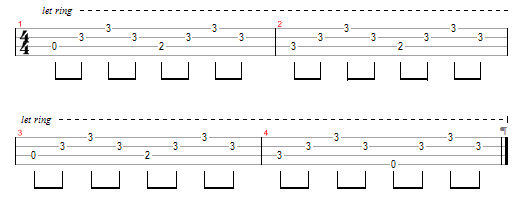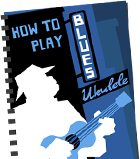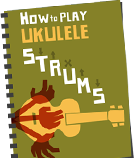Beirut – Transatlantique (Chords)
Transatlantique (sometimes referred to as Transatlantic) is tucked away on the Elephant Gun EP – which is pretty hard to find itself. The only place I’ve found it available is on on eMusic. That’s a real shame as it’s one of my favourite Beirut songs – and, judging by the number of requests I’ve had for it, a favourite amongst uke players.
The first part of the tune uses common Beirut tricks. He always seems to be playing that Fadd9 and hammering on to the F chord. Next up is the old descending note trick. The G, E and A strings form an F chord through the whole section. The only note that changes is on the C string (which moves down a fret each time). Don’t be put off by the F(2). This isn’t a strange chord you’ve never heard of – it’s just to distinguish the two different versions of the F chord that crop up in the song.
Thanks to Mitch for sending me his version of the chords. My version is slightly different. So, if you think my chords suck, see if you prefer his. You can find them on the Beirut tab and chords page.
More Beirut ukulele tab and chords here.
Listen to Transatlantique here.
If you were hoping for a Valentines song today, you came to the wrong place. Zym has a very fitting ukulele song for today. Go there.












